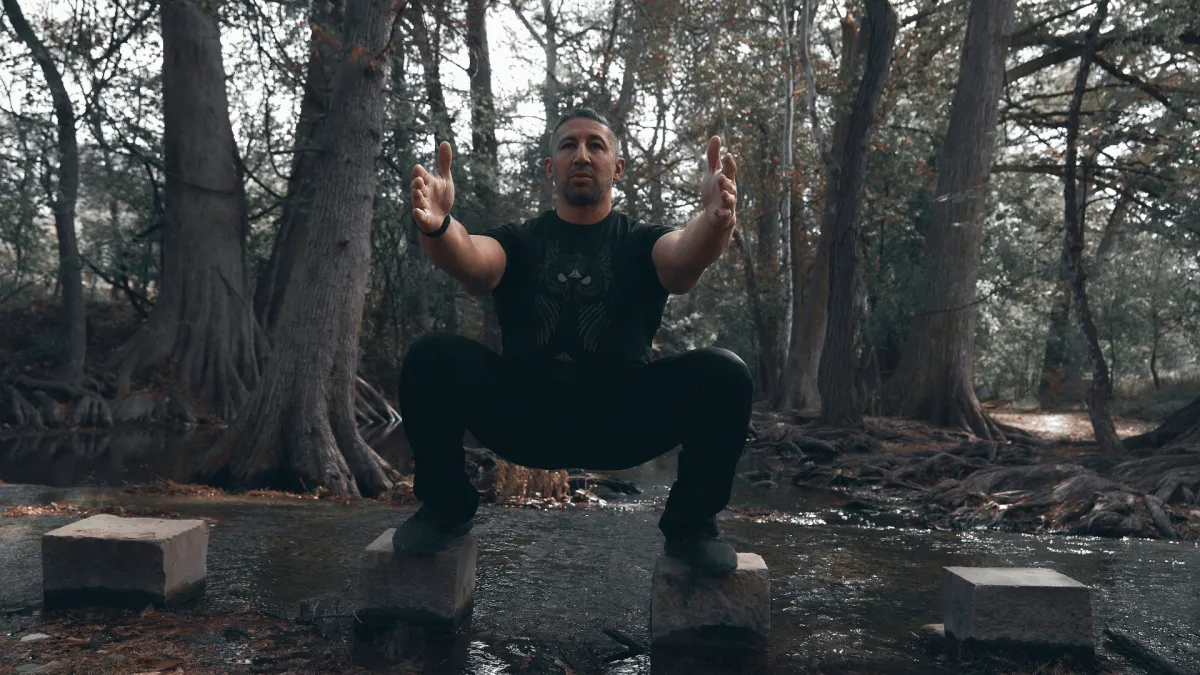
My First Blog Post
🏋️♂️ Unlocking Joint Longevity: Why Mobility Training Is the Missing Link
If your joints aren’t moving well, it’s only a matter of time before something breaks down—physically or in your progress.
When most people think about fitness, they chase the obvious: muscle gains, fat loss, or hitting new PRs. But what keeps all of that possible? Your joints.
Mobility training isn’t just for injury rehab or warm-ups. It’s the secret weapon for pain-free performance, joint resilience, and long-term success—and it’s time to move it from the sidelines to the center of your program.
🔍 Mobility vs. Flexibility: What’s the Difference?
Flexibility = passive range of motion.
Mobility = controlled range of motion.
Think of flexibility as how far a muscle can stretch. Mobility is how well you can own that range with strength and stability.
Why that matters:
✅ Mobility keeps your joints healthy
✅ Prevents breakdown during high-volume or heavy training
✅ Improves performance in real-world movement
🧠 Smarter Movement Starts With Stronger Joints
When mobility is lacking, your body compensates.
Tight hips? Your knees or low back take the hit.
Stiff shoulders? Your neck or thoracic spine picks up the slack.
Poor ankle mobility? Your knees lose efficiency and absorb impact.
Over time, those compensations create patterns of stress that can lead to chronic pain, poor performance, or long-term injury.
Mobility training fixes that—by improving:
Synovial fluid circulation (joint lubrication)
Control in end ranges
Muscle activation in neglected movement pathways
🛠️ Mobility Is Prehab, Not Just Rehab
You don’t need to wait for something to hurt to get serious about mobility.
Daily mobility work:
Helps you check in with your body
Detects tightness or asymmetry early
Prepares your joints for higher performance
Keeps you training consistently instead of sidelined
Mobility gives you movement intelligence—awareness that protects your progress.
💪 Move Better. Train Harder. Recover Faster.
Here’s what consistent mobility training unlocks:
🟢 Deeper, more stable squats
🟢 Smoother overhead pressing
🟢 More powerful hip drive and rotation
🟢 Improved recovery and movement economy
Mobility enhances every other element of your performance. It’s not optional—it’s foundational.
🚦 Where Should You Start?
You don’t need 30 minutes or a yoga background to get started.
Try this approach:
Pick 1 area (hips, shoulders, or spine)
Choose 1–2 drills to practice daily
Focus on control, breath, and alignment
Repeat 3–5 reps, 2–3 times/day
📌 Consistency beats intensity. Small inputs over time = big results.
⚡ Final Word: Resilience Lives in the Joints
Training hard without mobility is like building a house on cracked concrete. Eventually, it crumbles.
Mobility training gives you the freedom to move the way your body was designed—pain-free, powerful, and precise.
If you want to perform, recover, and last—build mobility into your foundation now.
🔗 Ready to Start?
Explore our proven mobility tools:
👉 Morning Mobility Series – follow-along video sessions
Questions or insights? Drop a comment or tag me on Instagram @coachjohnwolf. I’d love to hear how mobility is changing the way you move.
